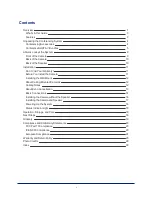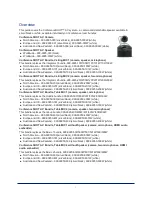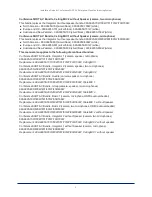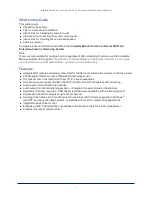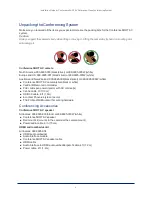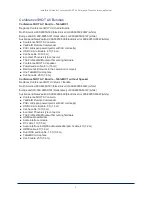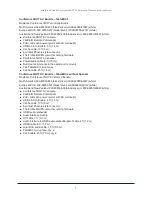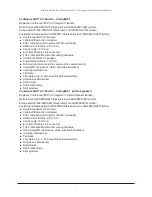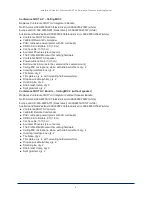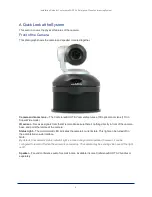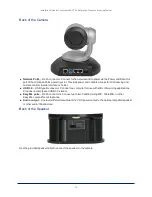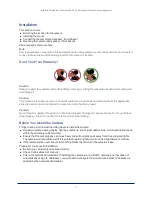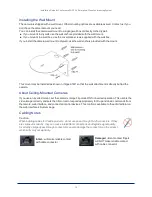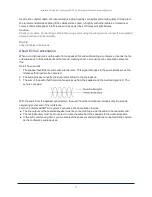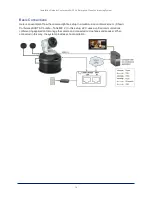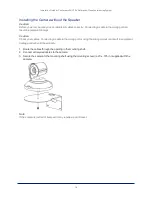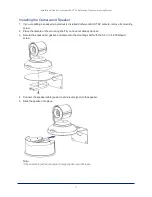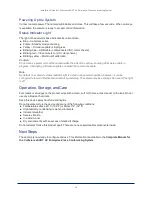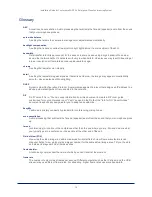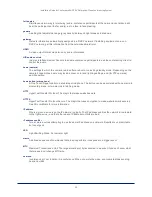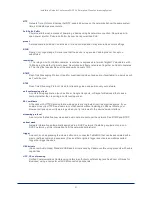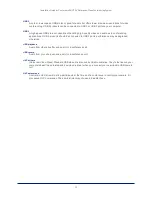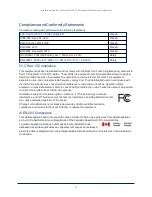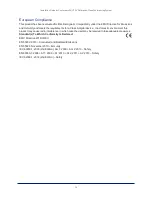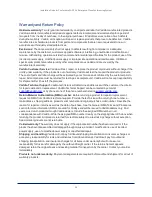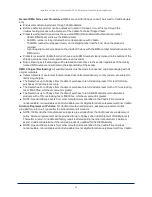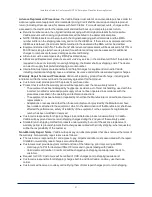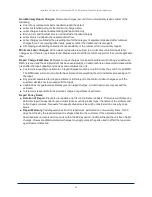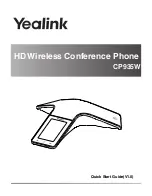
Use Cat-5e or better cable. We recommend using high-quality connectors and a high-quality crimping tool.
We recommend shielded cabling if the cables will be coiled, run tightly with other cables, or routed near
sources of electromagnetic interference such as power lines or fluorescent light fixtures.
Caution
Check your cables. Connecting a cable to the wrong port or using the wrong pin-out can result in equipment
damage and will void the warranty.
Pro Tip
Label all cables at both ends.
About Echo Cancellation
When a microphone picks up the audio from a speaker (far-end audio) during a conference, it sends the far-
end audio back to the participants at the far end, creating an echo. Acoustic echo cancellation prevents
this.
Here's how it works:
1. The speaker feeds the far-end audio into the room. This signal also goes to the audio processor as the
reference that needs to be canceled.
2. The audio processor inverts the signal and sends it to the microphone.
3. The sum of the audio that the microphone picks up from the speaker and the inverted signal is 0: The
echo is canceled.
With the audio from the speaker canceled out, the audio from the microphone includes only the sounds
originating at your end of the conference.
For the ConferenceSHOT AV system’s acoustic echo cancellation to work,
n
The line outputs or the powered speaker must be connected to provide the audio to be canceled, and
n
The microphone(s) must be connected, to route the audio from the speakers to the audio processor.
n
In the soft conferencing client, you must select the speakers and microphone connected to the camera
as the conference audio devices.
13
Installation Guide for ConferenceSHOT AV Enterprise-Class Conferencing System


